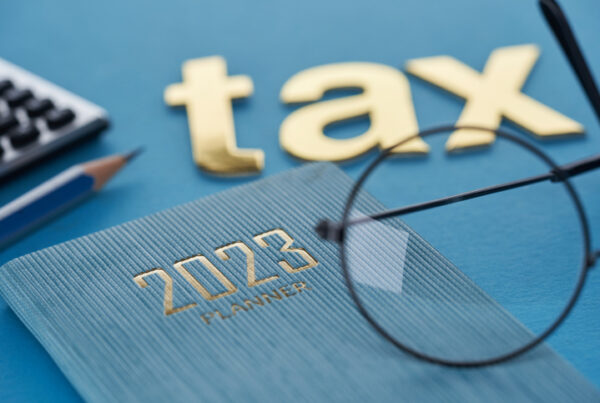This week* the CARES Act was approved by the Senate and is anticipated to be approved by the House and signed by the President soon. While the massive piece of legislation contains many provisions, one provision of great interest is the Paycheck Protection Program (“PPP”). The following are the key facts about the PPP.
What is the Paycheck Protection Program?
The PPP is an expansion of the Small Business Administration’s (“SBA”) Section 7(a) Loan Program, which authorizes up to $349 billion of federal guaranteed loans. Under this program, small and medium sized businesses that meet the eligibility requirements can receive up to $10 million, potentially all of which could be forgiven.
Who is eligible for this?
While there are some exclusions, generally speaking small businesses with no more than 500 employees that were in business on February 15, 2020 and making payroll payments are eligible for a loan. This includes sole-proprietors, independent contractors, and other self-employed individuals. There are, however, exceptions for certain industries (i.e. hospitality and restaurant industries).
What’s the maximum loan amount?
The maximum loan amount that will be issued is the lesser of $10 million or 2.5 times the average total monthly payroll payments during the prior 12 months. For example, if a business’s average monthly payroll costs are $2 million, they could receive a loan up to $5 million. Note that when calculating average monthly payroll payments, the maximum amount of wages included per person is $100,000. Wages paid in excess are excluded.
How do the loans get forgiven?
The PPP establishes that the borrower shall be eligible for loan forgiveness in an amount equal to the amount spent during the 8-week period that begins after the loan closes on payroll costs, interest payments on any pre-existing mortgage, rent, and utilities. The business will be required to provide documentation supporting the loan forgiveness amount.
It is imperative that the business maintain payroll levels in line with those that were in place in the prior year, in terms of both the number of employees and compensation levels. Adjustments to the amount forgiven will be made for any reduction in pay of any employee in excess of 25 percent of their prior quarter compensation. There are, however, some exceptions to this rule designed to encourage employers to rehire employees that were previously let go.
Additionally, this cancellation of debt will not be considered taxable income to the business.
What are the loan terms if the loan is not forgiven?
The PPP allows complete deferment of loan payments for at least six months and not more than one year. Any loan amounts not forgiven at the end of one year are will be treated as an ongoing loan with a maximum repayment term of 10 years (from date of loan forgiveness request), at a maximum 4% interest rate.
How does a business get a PPP loan?
These loans are not administered by the SBA directly, instead they can be obtained at banks which are either already SBA approved lenders or are approved for this process. The PPP does not require a guarantee or collateral.
Any fees paid to the bank for making a PPP loan are paid by the federal government.
If you have any questions about whether this provision would benefit your business, please reach out to your WG Advisor.





